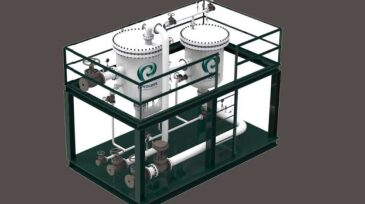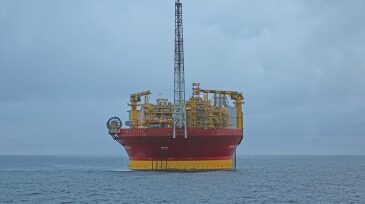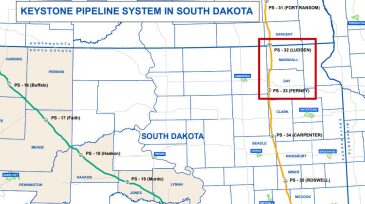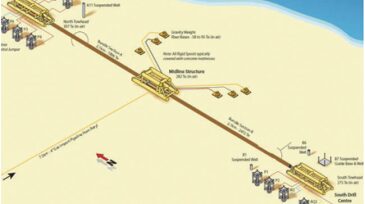Onshore/Offshore Facilities
Sponsored
Advance your career with the new Pipeline Engineering Program at the Technical University of Leoben, a 5-month course combining on-campus and online learning, integrating industry expertise, engineering practice, and future-ready skills for professionals in oil, gas, and emerging energy systems.
Plans call for license partner Aker BP to serve as operator during the development phase, with operatorship reverting to DNO after first oil in 2028.
Production from the Búzios field now tops 1 million B/D with six floating production systems in operation and more on the way.
-
A computational fluid dynamics model is proposed to analyze the effect of hydrate flow in pipelines using multiphase-flow-modeling techniques. The results will identify the cause of pipeline failure, regions of maximum stress in the pipeline, and plastic deformation of the pipeline.
-
An operator in the western Gulf of Thailand retrofit two partial-processing water-management systems on mobile-offshore-production-unit platforms for bulk removal and treatment of produced water. Water debottlenecking increased oil production by 80% and reduced the infield transfer volume by 62%. Th
-
With $102 billion of decommissioning-related expenditure forecast to 2040 in Western Europe, opportunities are ripe for the supply chain to compete with innovative and cost-effective solutions for the E&P operators.
-
The long-term decommissioning of the historic Brent field has necessitated redevelopment of the younger Penguins field in the North Sea, where the UK hopes to see more revival projects in the coming years.
-
The shutting in of unprofitable offshore wells and the requirements for their plugging and abandonment is attracting more attention to what is being done with the associated subsea equipment. The benefits of leaving subsea systems in place vs. recovering them are being considered.
-
Weights used in the original construction of TransCanada’s Keystone Pipeline in South Dakota were identified as a preliminary cause of the failure that resulted in a 210,000-gal spill in November.
-
Archer’s Stronghold Barricade well decommissioning system leaves the casing in place, while perforating, washing, and cementing the annulus to create a cement barrier in a single trip.
-
Rising oil production in the Permian Basin has created an opportunity for midstream companies to acquire and expand pipeline infrastructure to handle a predicted spike in produced water.
-
A new downhole-tool-based abandonment system was developed and deployed successfully on four wells for a major operator on a field in the North Sea.
-
The supply chain is now actively working to develop low-cost solutions and is gaining valuable experience through recent projects (as documented in many recent SPE papers). Owners need to engage the supply chain early with the relevant asset data for planning and execution of decommissioning.













